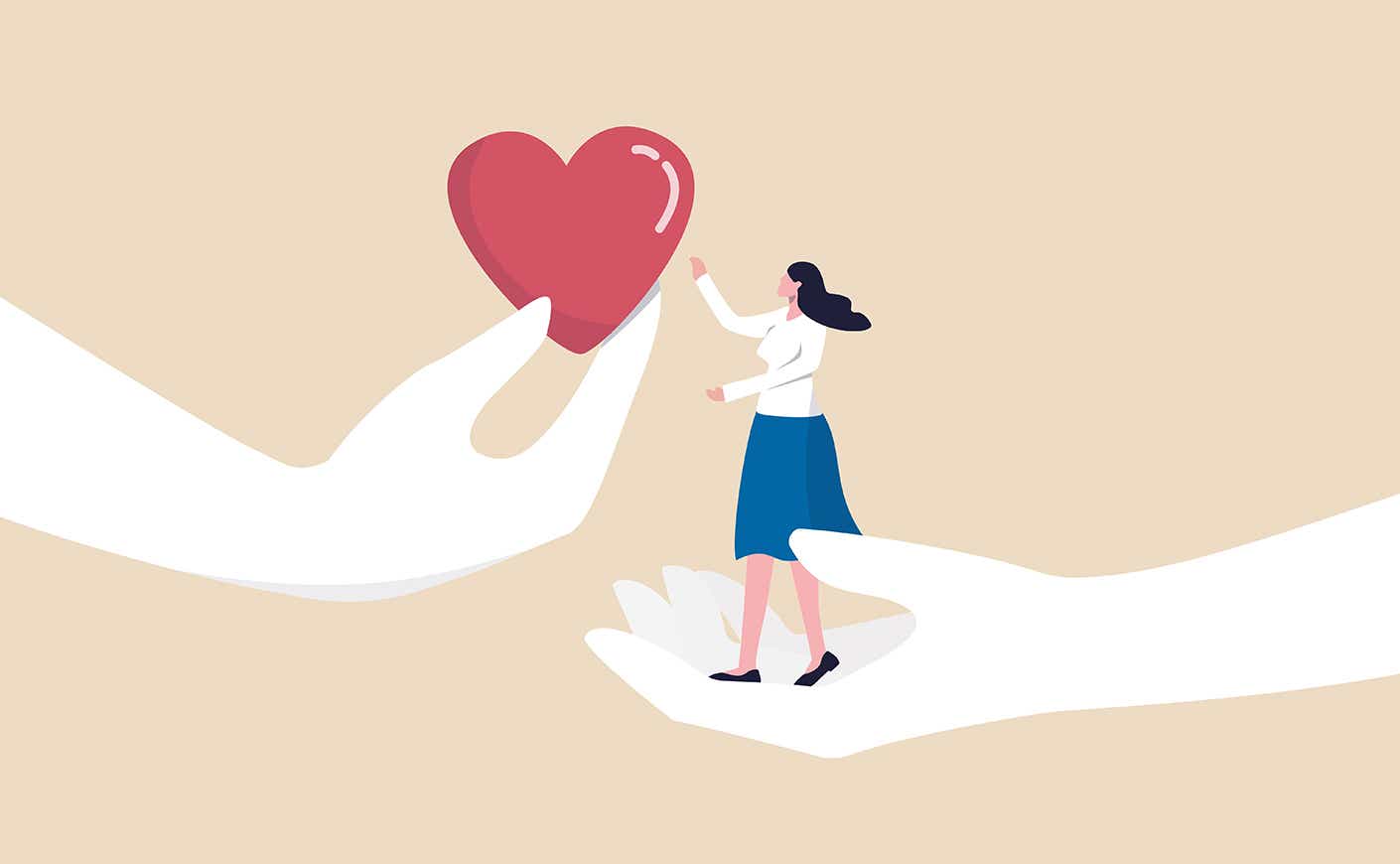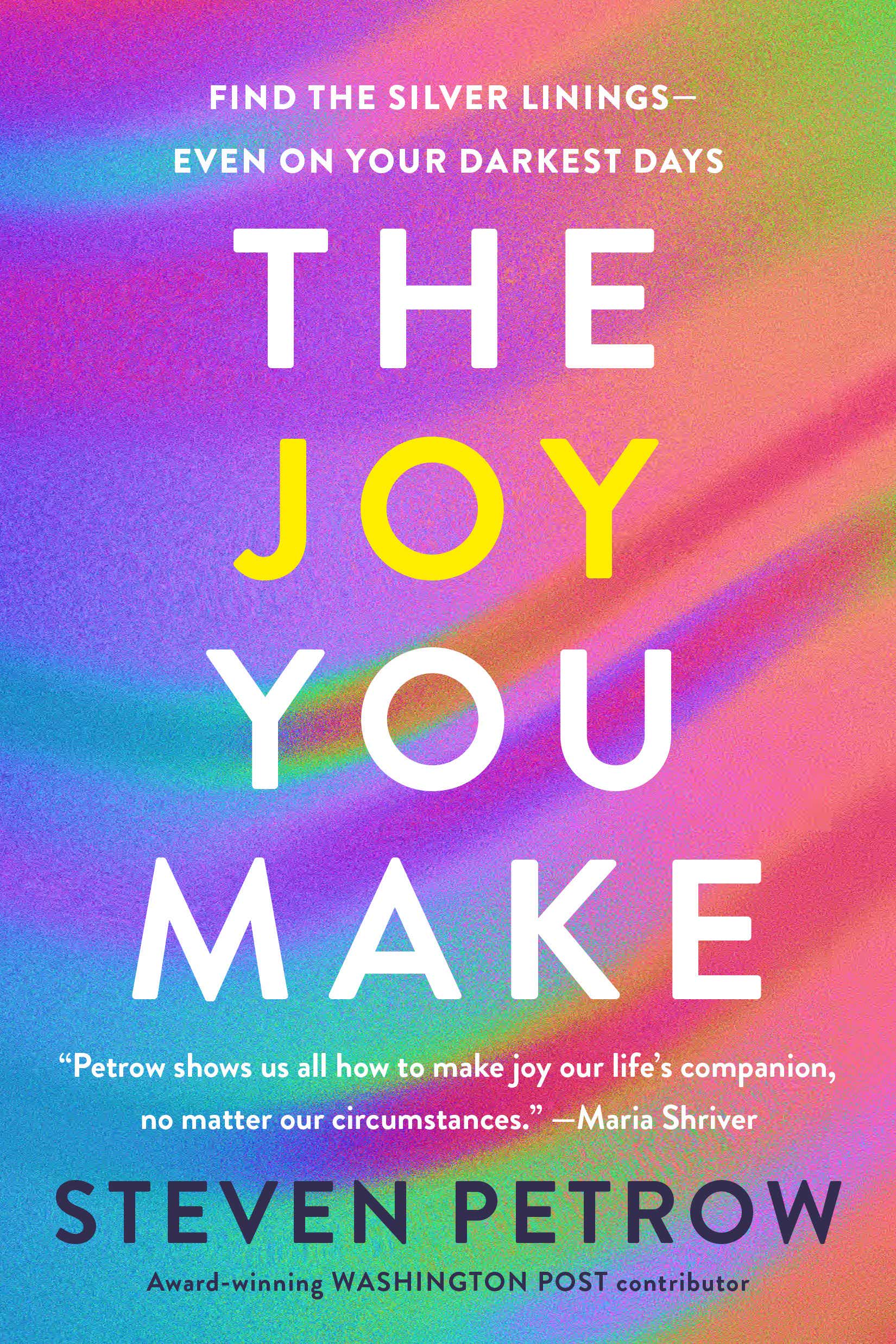Sometimes serendipity swoops in like an owl sighting a mouse. For instance, soon after my mom died, I was browsing at one of my favorite local bookstores and picked up a very slim paperback called The Mindfulness Journal, created by David de Souza. Each day and every page is the same, with several prompts to be completed by bedtime. How do you feel? What exercise did you do? Did you meditate? And, at the bottom of the page: What are you grateful for today?
For five dollars I bought one of the booklets, which stressed the importance of intention and consistency in this practice of cultivating gratitude. Despite my concern that I’d have nothing to be grateful for, I surprised myself. In that first brown booklet (yes, I wound up buying many), I answered the key question, with entries such as “laughter,” “granola and sushi” (not together), “the moon,” “swimming,” but mostly with callouts to family members and close friends.
It was not so hard after all, although my gratitude was also not exactly earth-shattering; actually, it seemed destined to remain the lowercase variety. When I talked with de Souza, I mentioned the ordinariness of my gratefulness. He replied, “It doesn’t need to be extraordinary. In fact, the smaller the better, as it helps to uncover things that you may never have noticed, giving you the opportunity to show appreciation and be happy.” I continued on with entries like “a beautiful thunderstorm,” “intimacy” (with someone I won’t name here!), “the quiet,” “feeling the sun,” and so on.
Okay, but I worried: Would this work when the challenges of life come crashing down? Take the night my father passed away: I felt sure I’d have nothing to be grateful for, but I still opened the little book to that day. In 30 seconds I’d written, “The support of my brother and sister during Dad’s illness,” “The peace I hope Dad has now found.” And then, stretching a bit, I added, “The chocolate ice cream that neighbors brought over.” De Sousa wasn’t surprised that I found something to be grateful for, telling me, “Even in the darkest days we’ll find small gestures that are worthy sources of gratitude.”
Recent studies support the idea that the joy we experience is tied closely to the gratitude we feel. This helps to explain why grateful people are able to experience joy even in the most challenging of situations. Stacy Batten explained to The New York Times how, in 2022, her husband died from cancer, her father died from Parkinson’s disease, and her mother learned she had cancer — but Batten realized that in seeking the good parts of each day, she felt better. She felt a serene type of joy. She did this by writing down what she was grateful for on scraps of paper and dropping them in a mason jar she called her gratitude jar. “The grief is still there, but writing those daily notes has helped.”
The Joy You Make: Find the Silver Linings—Even on Your Darkest Days by Steven Petrow
Now half a dozen years and many, many five-dollar brown booklets later, I’ve found at least one thing to be grateful for each day — often two or three. Richard Emmons, perhaps the preeminent scholar studying joy, has written that gratitude journals and other gratitude practices “often seem so simple and basic,” but they work. In a white paper titled The Science of Gratitude, Emmons and other researchers reported that if we keep a gratitude journal for just three weeks, we’ll realize the positive impact on our physical health, psychological well-being, and personal relationships (including lower blood pressure and stronger immune systems to less fatigue and greater resilience). Gratitude, it seems, makes one more helpful and compassionate while feeling less lonely and isolated. Together, joy and gratitude have a reciprocal or symbiotic relationship that can result in an upward spiral that enhances our well-being. Or as Emmons wrote, “Joy is happiness doubled by gratitude.” Sign me up! Want to experience more gratitude in your life? Ready on for instructions.
How To Cultivate More Gratitude:
Step one is developing an awareness of the good things around you. Pick a time every day to stop and reflect on one thing you have to be grateful for that day. What did you hear, see, smell, taste, or feel that is reason for gratitude?
Step two is recording these moments somewhere. I use my nightly gratitude journal and Instagram posts. However you do this is fine — write them down, take a photo, make a voice recording, or post to social media.
Step three is sharing your gratitude. Say thank you to someone who holds a door for you. Call a friend you’ve been out of touch with. Tag a friend on your social media platform of choice and add a brief message of why you’re reaching out.
This essay is adapted from Steven Petrow’s new book, The Joy You Make: Find The Silver Linings — Even On Your Darkest Days.
Steven Petrow is an award-winning journalist and author who is best known for his Washington
Post and New York Times essays on aging, health, and civility. He’s a contributor to NPR and other news
outlets and his TED Talk, “Three Ways To Practice Civility,” has garnered nearly two million views.
Petrow is the author of six previous books, including the bestselling Stupid Things I Won’t Do When I Get
Old. He’s North Carolina’s 2024 Piedmont Laureate, and lives in Hillsborough, North Carolina.










